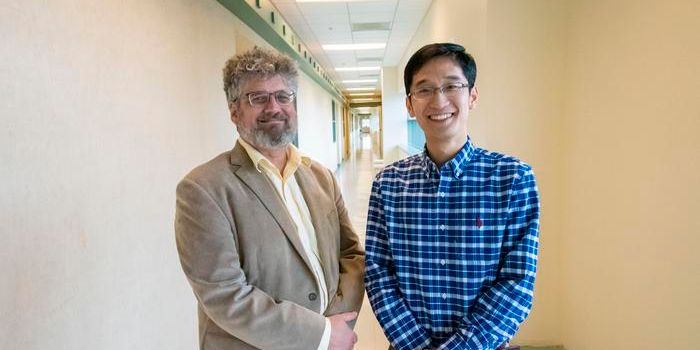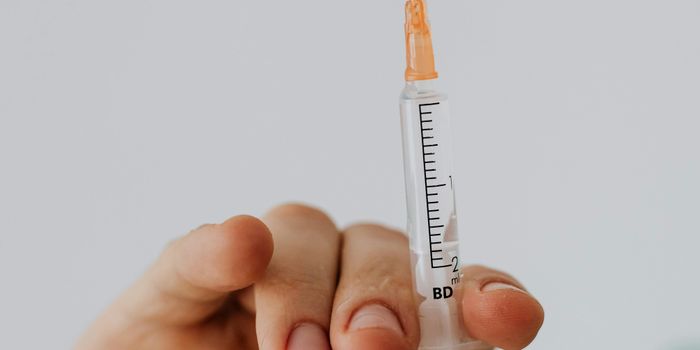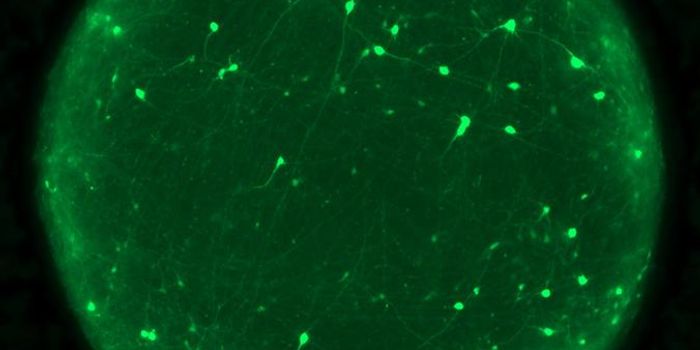Why Some Rheumatoid Arthritis Patients Have Pain Without Inflammation
Rheumatoid arthritis (RA) affects an estimated 18 million people around the world. There are some effective treatments for the disorder that can relieve RA symptoms like stiff, painful, swollen joints, so that some mobility can be restored. But these treatments often target inflammatory cells, so they don't work for everyone. About one-fifth of RA patients who experience painful joint swelling are not relieved with very strong anti-inflammatory drugs, and now scientists know why. It seems that aberrant gene expression patterns encourage the growth of sensory neurons in joints in these RA patients. While their joints are not actually inflamed, they still become thick and swollen. The findings have been reported in Science Translational Medicine.
There were 815 genes identified in this work that are associated with the abnormal growth of sensory neurons in affected joints. "These 815 genes are rewiring the sensory nerves, which explains why anti-inflammatory drugs don't work to alleviate pain for these patients," said co-senior study author Dana Orange, an associate professor of clinical investigation at Rockefeller University.
In this study, the investigators assessed tissue samples from 39 RA patients who did not have many signs of inflammation, but who experienced pain. The scientists used a machine-learning tool that analyzes combinations of genes that correlate with a symptom, such as pain; this method was termed graph-based gene expression module identification (GbGMI).
RNA sequencing, which reveals the active genes in cells, was used to reveal that the expression of about 2,200 of 15,000 genes that are active in the patient tissue samples had increased. GbGMI then found 815 genes that were linked to patient pain reports.
There are many genes but only a few patients, making this a challenging effort, noted co-senior study author Fei Wang, professor of population health sciences and founding director of the Institute of Artificial Intelligence for Digital Health at Weill Cornell Medicine. "The graph-based approach we used effectively explored the collective associations between a gene set and patient-reported pain."
Synovial fluid enables joints to move freely. Of the four types of fibroblast cells in synovial tissue, CD55+ fibroblasts were shown to express the most genes linked to pain. These cells also expressed a gene called NTN4, which encodes for the Netrin-4 protein. Netrin family proteins help promote vascular growth and guide the growth of axons.
"That led us to hypothesize that perhaps the fibroblasts are producing things that alter the growth of sensory nerves," said Orange.
When neurons were grown in culture and exposed to Netrin-4, the proliferation of pain receptors called CGRP+ (calcitonin gene-related peptide) was promoted.
Synovial tissue from RA patients was also shown to contain too many blood vessels, which were also surrounded by CGRP+ sensory nerve fibers that moved towards areas of excessive tissue growth. The researchers suggested that this probably appears as swelling that is often mistaken for inflammation by clinicians.
The investigators want to know more about other molecules that may be released by fibroblasts, and that may impact neurons that are sensitive to pain. Other types of sensory nerves may be affected too.
"We want to drill down on those details so that hopefully we can come up with other treatments for patients who don't have a lot of inflammation. Right now, they're taking medications that can cost $70,000 a year but have no chance of working. We must do a better job of getting the right drug to the right patient," Orange added.
Sources: Weill Cornell Medicine, Science Translational Medicine




















































